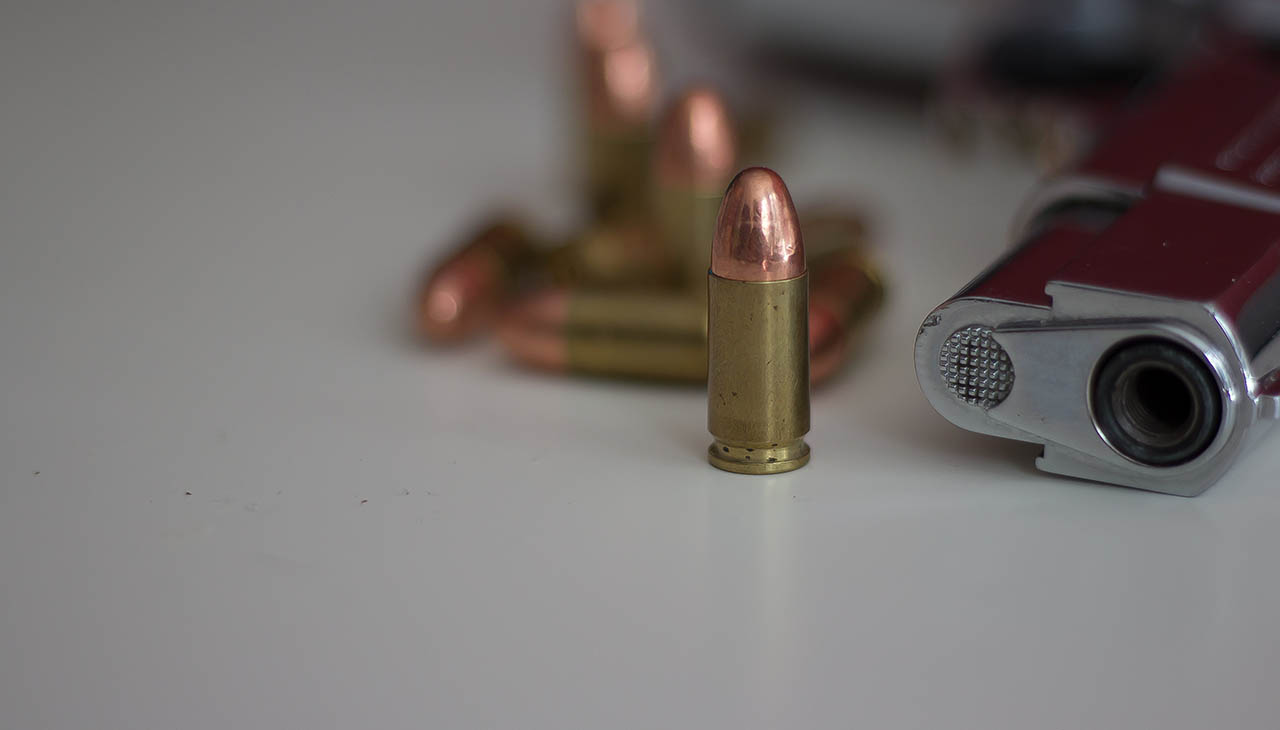Selling Your Used Firearms: How to Get the Best Deal at a Pawnshop
In some cases, selling your used firearms is a necessity, whether due to financial constraints, a desire to upgrade, or simply to declutter. This guide aims to provide insights and practical tips on how to get the best deal when selling used firearms at a pawnshop. Navigating the pawnshop terrain can seem daunting, especially if you’re doing it for the first time. However, armed with the right knowledge, you can ensure you get a fair price for your used firearms.
Researching the Value of Your Firearm
Before stepping foot into a pawnshop, it’s crucial to have a fair estimate of the value of the firearm you intend to sell. Start by identifying the make, model, and condition of your firearm – these are the key factors that would influence its overall value. There are several online resources available, such as gunbroker.com and bluebookofgunvalues.com, that can provide ballpark figures for various makes and models. Consider also checking completed listings on auction websites to understand what similar firearms have recently sold for. Take note, however, that these values are not absolute; they change according to the current supply and demand in the market. Additionally, pawnshops need to make a profit, so they won’t offer you the retail price. Understanding this dynamic gives you a basis for negotiation and ensures you won’t be blindsided by the offer you receive.
Preparing Your Firearm for Sale
Just as you would spruce up your car before selling it, preparing your firearm for sale can significantly enhance its value. Begin by giving your firearm a thorough cleaning. Remove any dust, dirt, or rust, and ensure it’s properly lubricated. Not only does a clean and well-maintained firearm look more appealing, but it also indicates that you’ve taken good care of it. If your firearm has any minor repairs that need to be done, consider getting them fixed. Anything from a broken safety to a chipped buttstock, if left unattended, can decrease the overall value of your firearm. Lastly, gather all relevant accessories, manuals, and even the original box if you still have it. These additions can make your firearm more desirable to buyers and potentially increase the price you can ask for. Remember, the goal is to present your firearm in a way that showcases its best value to ensure you get the best deal possible.
Finding the Right Pawnshop
Not all pawnshops are created equal. It’s essential to find one that specializes in firearms, as they will have the expertise to accurately appraise your weapon and the customer base to resell it effectively. Start by doing an online search of pawnshops in your area and review their websites to get an idea of their specialties. Don’t hesitate to call them directly and inquire about their experience with firearms. You can also check online reviews and ratings to gauge the shop’s reputation among other sellers. It’s worth visiting a few different pawnshops to get an idea of the offers you can expect. Remember, while you’re aiming for the best price, you’re also looking for a smooth, professional transaction. Make sure you feel comfortable with the pawnbroker and their process before deciding to sell your firearm to them.
Negotiating the Best Deal
Negotiating the best deal at a pawnshop requires a combination of research, confidence, and diplomacy. Once you’ve received an initial offer, remember that it’s just a starting point. The pawnbroker expects you to negotiate, so don’t be afraid to counter with a higher amount. Use the research you’ve done on the fair market value of your firearm as leverage in your negotiation. If the offer is significantly lower than the value you’ve researched, explain why you believe your firearm is worth more. Be reasonable in your counteroffers and be prepared to compromise. Remember, while your goal is to get the maximum payout, the pawnbroker aims to buy low and sell high. It’s also important to note that if the pawnshop has similar items in stock or if there’s a low demand for firearms of your type, the offer might be lower. It’s perfectly acceptable to walk away from an offer and try a different pawnshop if you feel the deal isn’t right. The key is to remain patient, poised, and professional throughout the process.
Finalizing the Sale
Once you’ve negotiated a price you’re happy with, it’s time to finalize the sale. Ensure you understand the terms of the sale, including any legal paperwork. In most cases, you will need to provide a government-issued ID for the transaction to proceed as this is a requirement for any pawnshop to record who sold them the firearm. Make sure to receive a receipt that details the make, model, and condition of the firearm and the final sale price. This serves as your proof of sale. Once the sale is complete, remember to notify your local law enforcement or firearm registry, if it’s required in your jurisdiction, that you are no longer the owner of the firearm. Finalizing the sale is an essential step that involves both legalities and documentation, and it’s critical to ensure every detail is correctly executed to avoid any future complications.
Conclusion
Selling a used firearm at a pawnshop can initially seem like a daunting task. However, through thorough research, careful preparation, finding the right pawnshop, and employing skilled negotiation tactics, the process can become significantly easier and more profitable. It’s crucial to remember patience and professionalism, understanding that pawnbrokers need to make a profit while you aim to secure a fair market value for your firearm. With the right knowledge and approach, you can ensure you navigate the pawnshop terrain effectively and walk away from the sale with the satisfaction of a fair deal.

